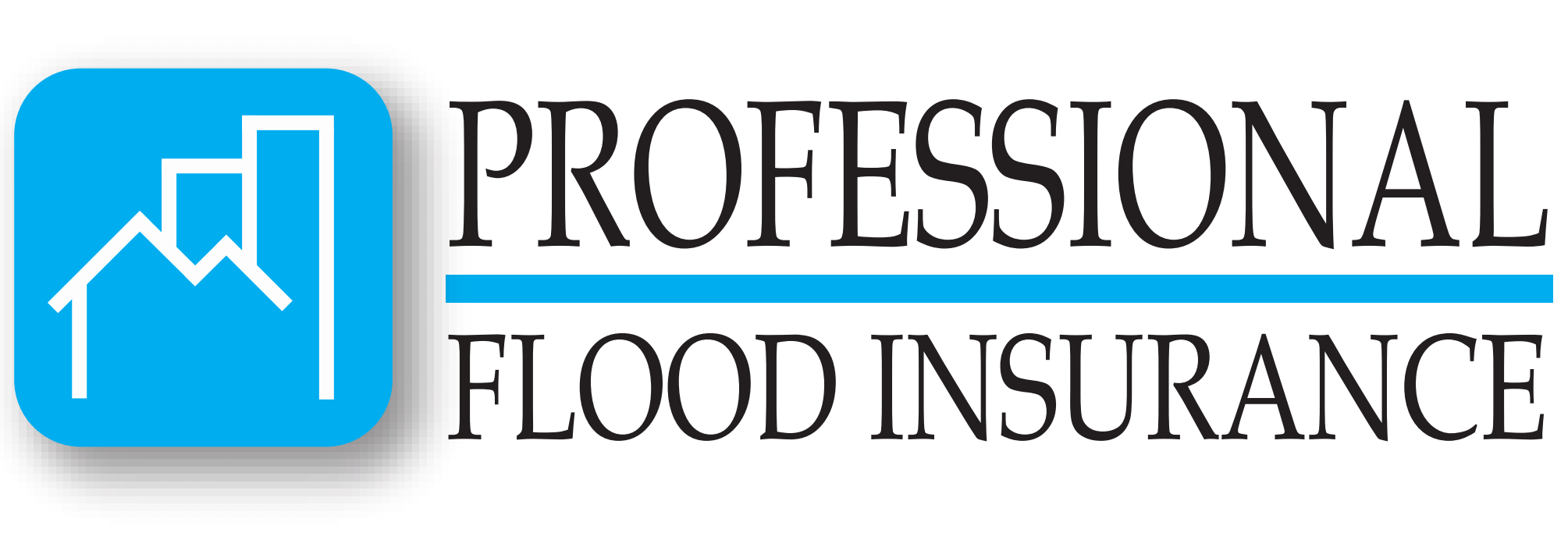When purchasing a home, securing a loan from a lender such as a bank or credit union often requires insurance coverage to protect their financial investment. Lenders typically have specific insurance requirements outlined in their loan documents, and failure by the borrower to maintain sufficient insurance coverage may lead to force-placed insurance policies, also known as creditor-placed, lender-placed, or collateral protection insurance.
Force-placed insurance policies protect the lender’s collateral and not the homeowner’s assets. While they offer some indirect coverage for the homeowner, they come with drawbacks such as limited coverage and higher premiums. For instance, force-placed flood insurance is usually more expensive than policies obtained through shopping around.
To avoid force-placed insurance, borrowers should ensure they understand their insurance requirements, have adequate coverage in place, and review their mortgage and insurance policies carefully. They should also read any notices received from the mortgage or insurance company promptly and ensure insurance premiums are paid on time.
If a borrower finds themselves with force-placed flood insurance coverage, they should contact their insurance agent as soon as possible to obtain a new policy or reinstate their old one. Once a policy is in place, borrowers should submit proof of coverage to their lender and ask them to cancel their force-placed policy.
In summary, borrowers should be aware of force-placed flood insurance and take steps to avoid it. By understanding their insurance requirements, maintaining adequate coverage, and reviewing their policies carefully, borrowers can protect their assets and avoid the drawbacks of force-placed insurance policies.
